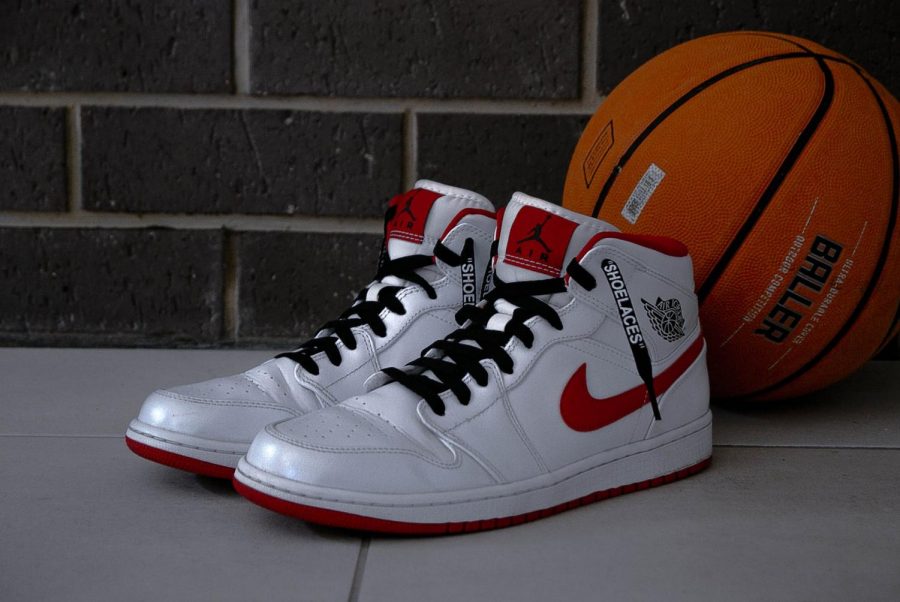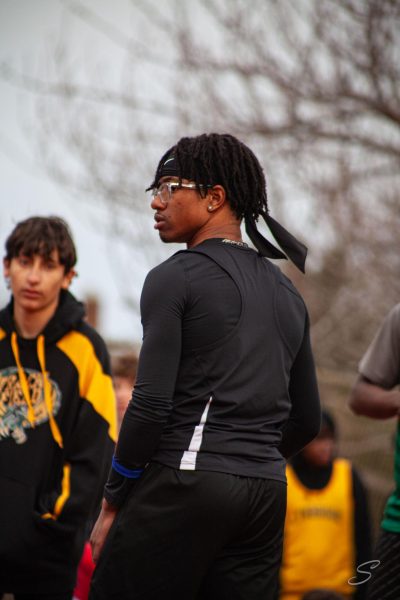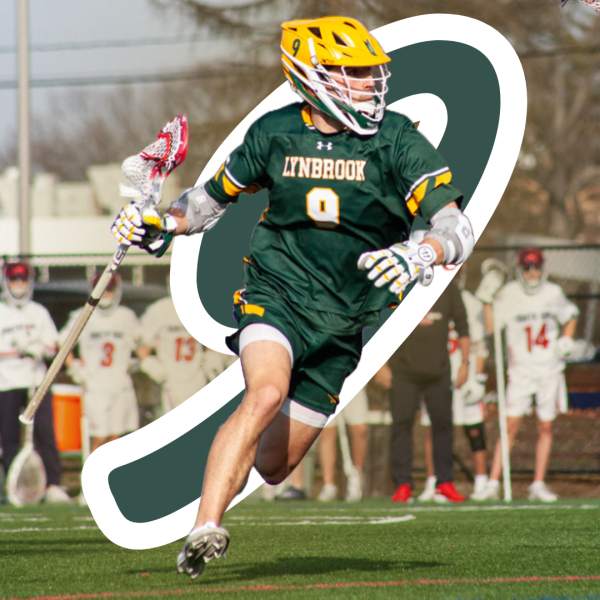A Take on “The Last Dance”
To be considered the “Michael Jordan” of something is more than a compliment. The name carries a level of greatness to it, granted to those who become a prodigy at a skill. The man behind the name gives it its credit; Michael Jordan took on the basketball court with skill that the world had never seen before, and now we get an in-depth look at his legacy and at the Chicago Bulls during Jordan’s time on the team.
There was a great deal of uncertainty surrounding the future of the Chicago Bulls entering the 1997-98 season. The squad had just won its second consecutive NBA title—their fifth in seven years—but many began to wonder how long the greatness of this team would last, including manager Jerry Krause. Rumors were formed speculating that the big four—Jordan, Scottie Pippen, Dennis Rodman, and head coach Phil Jackson—would split after the upcoming season. With Krause only giving coach Jackson one more season in Chicago, the team prepared for what it saw as “one last dance.”
The Bulls allowed an all-access film crew to follow the team throughout the 1997-98 season. The crew captured incredible behind-the-scenes footage of the locker room, practice facilities, and in-game team huddles. The footage was stored away for nearly 18 years before production of a documentary was allowed by Jordan in 2016.
The Last Dance was split into ten parts, with an intent to be released on Netflix during the 2020 NBA finals. With the coronavirus indefinitely suspending the remainder of the 2020 season, and leaving NBA fans without basketball, the series was aired two episodes at a time on ESPN every Sunday. The show was a hit, averaging 5.6 million live viewers and nearly 13 million total viewers per episode.
The documentary followed the story of the Bulls during their 1997-98 season, while also looking back at a timeline of Jordan’s career until that point. Interviews of Bulls players and staff were scattered throughout the series, as well as Jordan’s family members and former basketball opponents. Appearances were made by celebrities including President Barack Obama, singer Justin Timberlake, and the late basketball legend Kobe Bryant.
The Last Dance had insight on some of the electric personalities that occupied the Bulls’ locker room, most notably the notorious Dennis Rodman. Outside of being one of the greatest rebounders in NBA history, Rodman was quite the wild character. He truly pushed the boundaries of differentiating on-court business from off-court business. One story included Rodman requesting a 48-hour “vacation” to Las Vegas in the middle of the season. Jordan requested that Rodman did not go on this trip, knowing that he would not return after those two days and he was very much needed on the team. Coach Jackson let Rodman go on his vacation, and as Jordan predicted, Rodman did not return when he promised he would. Jordan himself had to fly to Las Vegas and drag Rodman back to Chicago.
Surprisingly, that was not the only story detailed in the documentary in which Rodman disappeared on his team that season. He was missing during an important practice during the 1998 NBA Finals. Later that day, he was seen teaming up with wrestling superstar Hulk Hogan on WCW Monday Nitro. The craziest part about these adventures is how Rodman would come back and play at an elite level as if nothing had happened.
The series also appeared to shine a negative light on others. One of the portrayed villains was Bulls’ manager Krause. Krause brought all the pieces of the dynasty together for Chicago, but he felt that he was not getting the recognition and appreciation he deserved, leading him to make claims that management was more important to a team than the players were. Krause was not a favorite amongst the players, especially to Jordan. The film crew caught Jordan and other players spewing insults at Krause throughout the season. The players were against his ideas for the future of the franchise, as was shown through the film’s depiction of Jordan’s and Pippen’s thoughts towards Toni Kukoc. Jordan and Pippen were upset that Krause was showing more attention to a prospect across the ocean than those who were actually playing on the team. This anger was let out in the 1992 Olympics, as Jordan, Pippen, and the Dream Team embarrassed Kukoc and crushed the Croatian basketball team on an international stage. Stories led the audience to view Krause as the bad guy. The former Bulls manager passed away in 2017 while production of the documentary was in its early stages, so Krause was never able to give his side of the story.
The Detroit Pistons squad of the late ’80s regularly gave the Bulls playoff struggles early in Jordan’s career. Their tough play style and antics led them to be hated by many around the league. They were portrayed as dirty for beating down on Jordan during games and as disrespectful cowards for refusing to shake hands with the Bulls after a playoff loss. Serving as the face of the hatred was point guard Isiah Thomas. Many NBA stars who appeared in the documentary portrayed their rivalry and bad ties with Thomas; it was these rocky relationships that many believe is what left Thomas off the 1992 Olympic Dream Team. Jordan and Thomas had tough back-and-forth battles in the Eastern Conference for years. The antics of the Pistons would often set off Jordan, who would take things personally and use that as motivation for high scoring performances. The documentary highlighted the fact that you would not want to make Jordan angry around game time.
The documentary revealed personal insight on some of the major storylines of the Bulls dynasty. Pippen’s injury was a major story from early in the 1998 season. Pippen revealed that he had waited until after the summer to get surgery because he did not want to “mess his summer up.” The season started during his recovery and the Bulls were not as dominant without his presence on the court. Pippen initially planned to sit out the entirety of the season as a statement against his current contract, which was responsible for him being severely underpaid. Although he was an all-star and an essential part of the championship Bulls roster, Pippen was the 122nd highest paid player in the NBA. Pippen eventually made his return and helped lead the Bulls to the playoffs.
Another story line included was the infamous “flu game.” Jordan had fallen ill in a critical game five of the 1997 NBA Finals with the series tied 2-2 against the Utah Jazz. Jordan and his trainer stated that the illness likely arrived from food poisoning from a rather suspicious pizza delivery. Despite his sickness, Jordan played very well and led the Bulls to a crucial victory before collapsing in the arms of Pippen. The “food poisoning game” may not have a nice ring to it, but it does not take away from the phenomenal performance that Jordan displayed when he was needed.
If The Last Dance documentary revealed anything, it is that there is no one quite as great as Michael Jordan. He pushed himself and his teammates to the limits and demanded nothing less than the best. It also helps viewers and sports fans appreciate the great players and teams from the past and how they inspired the next generation of the game. We watched Jordan grow from a small-town kid in North Carolina to a legend. He emerged as not just a basketball player, but as the face of greatness for his generation.








































